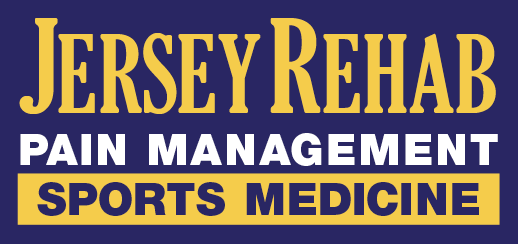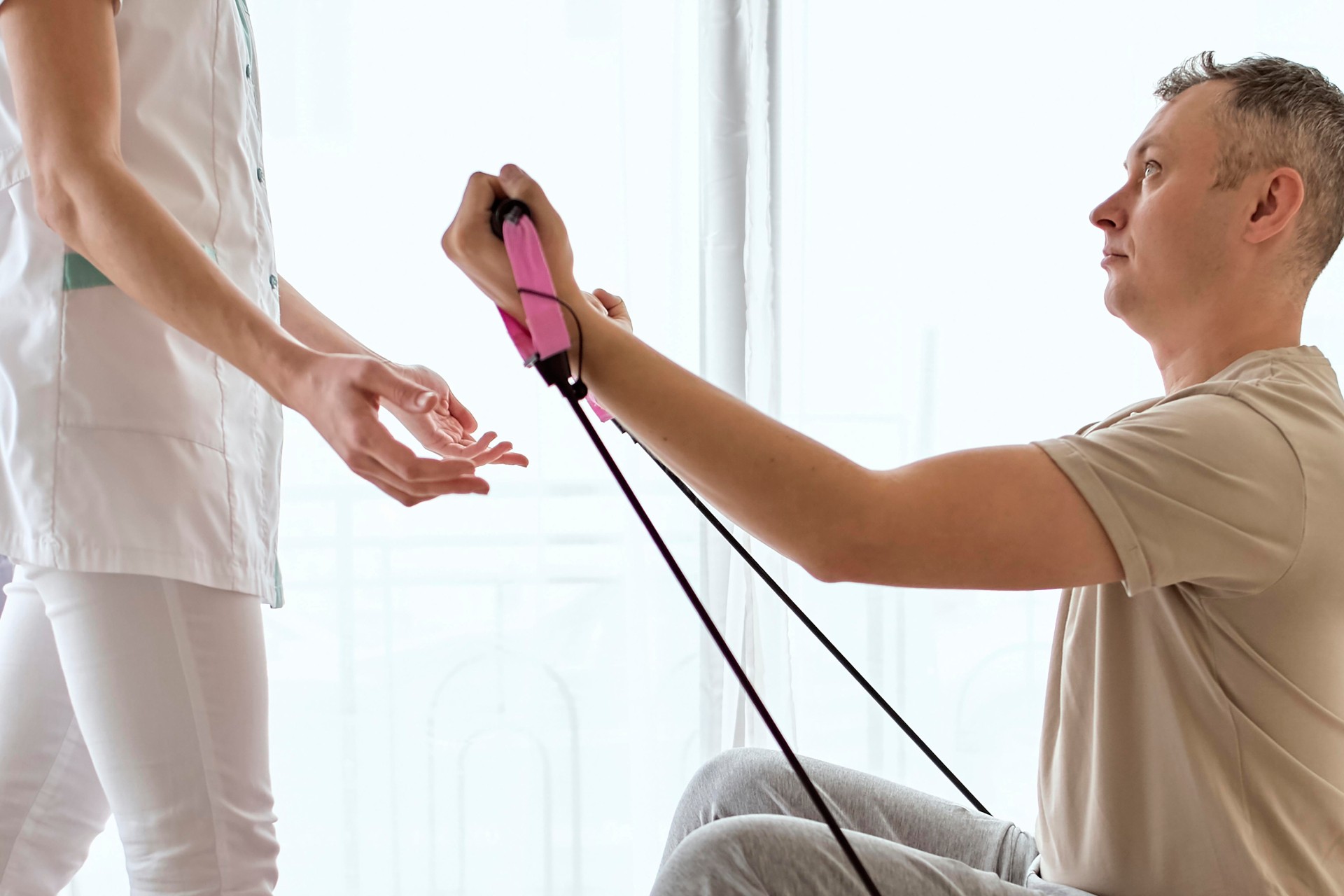Beyond the Clinic: Post-Rehab Exercise Routines You Can Do at Home
Completing rehabilitation is a major milestone in recovery, but it’s not the end of the journey toward full health and mobility. To maintain the progress you’ve made and continue strengthening your body, it’s essential to incorporate post-rehab exercises into your daily routine. The good news is many of these exercises can be done at home with little to no equipment. Consistency is key to regaining strength, improving flexibility, and preventing future injuries.
In this article, we’ll explore some post-rehab exercise routines that are easy to integrate into your home life, regardless of the specific injury or rehabilitation program you’ve completed.
Why Post-Rehab Exercise Is Important
After completing a physical therapy or rehabilitation program, it’s common to feel stronger and more capable than when you first started. However, stopping all exercise can lead to a gradual loss of strength, flexibility, and endurance. Regular post-rehab exercises help maintain the gains you’ve made in therapy, enhance your recovery, and support long-term health.
Other benefits include:
- Improved mobility: Regular exercise helps maintain joint flexibility and muscle function, ensuring that you can move freely without discomfort.
- Injury prevention: Strengthening exercises help to stabilize weak areas, which reduces the risk of reinjury or new injuries.
- Increased confidence: As you continue to improve physically, your confidence in your body’s abilities grows, allowing you to pursue more activities.
- Mental well-being: Exercise is known to improve mental health by reducing stress, anxiety, and depression.
Essential Post-Rehab Exercise Routines
Below are several low-impact exercises that can be tailored to different recovery needs. These routines are designed to be easy to follow at home while still challenging enough to maintain and build upon your progress.
1. Core Stability and Strengthening
Your core is the foundation of most movements, whether you’re recovering from a back injury or looking to prevent future injuries. A strong core supports proper posture, reduces pressure on your spine, and helps you move efficiently.
Plank:
- Begin in a push-up position with your arms straight and your body forming a straight line from head to toe.
- Engage your core, keeping your back flat, and hold the position for 20 to 30 seconds.
- Gradually increase the duration as your strength improves.
Bridge:
- Lie on your back with your knees bent and feet flat on the floor, hip-width apart.
- Slowly lift your hips towards the ceiling while engaging your glutes and core muscles.
- Hold for a few seconds at the top, then slowly lower back down.
- Repeat for 10 to 12 repetitions.
2. Lower Body Strength and Mobility
Maintaining lower body strength is crucial, especially if you’ve been recovering from a knee, hip, or ankle injury. Strengthening exercises can help with joint stability and balance.
Squats:
- Stand with your feet shoulder-width apart, toes pointing slightly outward.
- Keeping your chest up and core engaged, bend at the knees and hips as if you are sitting back into a chair.
- Lower yourself until your thighs are parallel to the floor, then return to standing.
- Repeat 10 to 15 times.
Step-Ups:
- Find a step or sturdy platform that is knee-height.
- Step onto the platform with one foot, driving through your heel to lift your body up.
- Step back down carefully and repeat for 10 repetitions on each leg.
- This exercise is excellent for strengthening the quadriceps and glutes.
3. Upper Body Strength and Flexibility
If you’ve been rehabilitating after shoulder, arm, or upper back issues, these exercises help to maintain upper body strength and flexibility.
Wall Push-Ups:
- Stand about two feet from a wall with your hands placed shoulder-width apart at chest height.
- Bend your elbows and lean into the wall, keeping your body straight from head to toe.
- Push back to the starting position and repeat for 10 to 15 repetitions.
- This low-impact variation of a traditional push-up helps strengthen the chest and shoulders without putting too much strain on recovering muscles.
Shoulder Rolls:
- Stand or sit with your back straight and your arms at your sides.
- Slowly roll your shoulders forward in a circular motion for 10 repetitions, then reverse and roll backward for 10 repetitions.
- This exercise is great for relieving tension and improving shoulder flexibility.
4. Balance and Flexibility Work
Balance exercises are particularly beneficial for older adults or anyone recovering from lower extremity injuries. Incorporating balance and flexibility routines into your post-rehab regimen can help prevent falls and increase overall stability.
Single-Leg Balance:
- Stand near a chair or wall for support if needed.
- Lift one foot off the ground and hold the position for 10 to 20 seconds, then switch legs.
- As your balance improves, try holding the position for longer periods or closing your eyes.
Hamstring Stretch:
- Sit on the floor with your legs extended in front of you.
- Reach toward your toes, keeping your back straight and bending at the hips.
- Hold the stretch for 20 to 30 seconds, then release.
- This stretch helps improve flexibility in the hamstrings and lower back, which can prevent stiffness after sitting for long periods.
5. Cardiovascular Conditioning
Once you’ve regained your strength and mobility, incorporating some light cardiovascular exercise can further boost your recovery. Activities like walking, cycling, or swimming are excellent for enhancing endurance and overall heart health without putting excessive strain on your joints.
Walking:
Start with short walks, around 10 to 15 minutes a day, and gradually increase the duration as your stamina improves.
Swimming or Water Aerobics:
Water-based activities are particularly gentle on the joints while providing resistance to strengthen muscles.
Tips for Safe Post-Rehab Exercise
- Consult Your Therapist: Before starting any post-rehab exercise routine, it’s important to consult with your physical therapist or healthcare provider to ensure that the exercises are safe and suitable for your specific condition.
- Start Slowly: If you’re new to a post-rehab exercise routine, start with low-impact movements and gradually increase intensity.
- Use Proper Form: Avoid injury by paying attention to proper technique and form during exercises.
- Stay Consistent: Consistency is key to maintaining your progress. Aim to perform exercises 3 to 4 times a week, even if it’s just for 20 to 30 minutes.
- Listen to Your Body: If you experience sharp pain or discomfort during an exercise, stop and consult your therapist.
Ready to Continue Your Journey to Recovery?
If you’ve completed rehabilitation but want to keep improving your strength, mobility, and overall health, Jersey Rehab is here to help. Our doctors specialize in personalized post-rehab exercise programs tailored to your unique recovery needs. Whether you’re looking for guidance on home-based routines or need ongoing support, we’re with you every step of the way.
Schedule a consultation and take the next step in your recovery journey.

